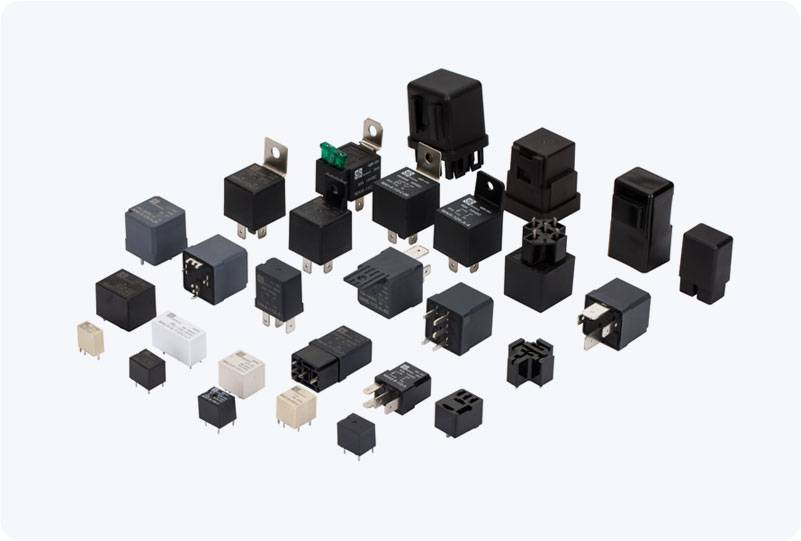In any modern vehicle, the electrical system plays a crucial role in ensuring the proper functioning of various components, ranging from the engine to the lights and air conditioning. Among the many parts that make up this system, relays and fuses are two key components that serve distinct but complementary functions. While they may seem similar in their purpose of controlling the flow of electricity, they serve different roles. Understanding the difference between a relay and a fuse in a car is essential for both car owners and enthusiasts who want to maintain the health and longevity of their vehicle’s electrical system.

What is a Relay? A relay is an electrically operated switch that allows a low-power signal to control a higher-power circuit. Essentially, it acts as a gatekeeper for electrical current. A typical relay consists of a coil, which, when energized, creates a magnetic field that activates a set of contacts, allowing electrical current to flow through the circuit. This makes it possible to control high-current devices, such as the fuel pump or headlights, with a low-current signal from a smaller switch or even a microcontroller. In a car, relays are found in circuits that require higher currents or voltages but need to be activated by a lower power signal. For example, the headlights are often controlled by a relay, allowing the low-current switch in the car’s cabin to activate a higher-current circuit that powers the lights. Similarly, the fuel pump relay uses a low-power signal from the car’s engine control module to turn on the high-power circuit that activates the fuel pump.
Leave a Reply